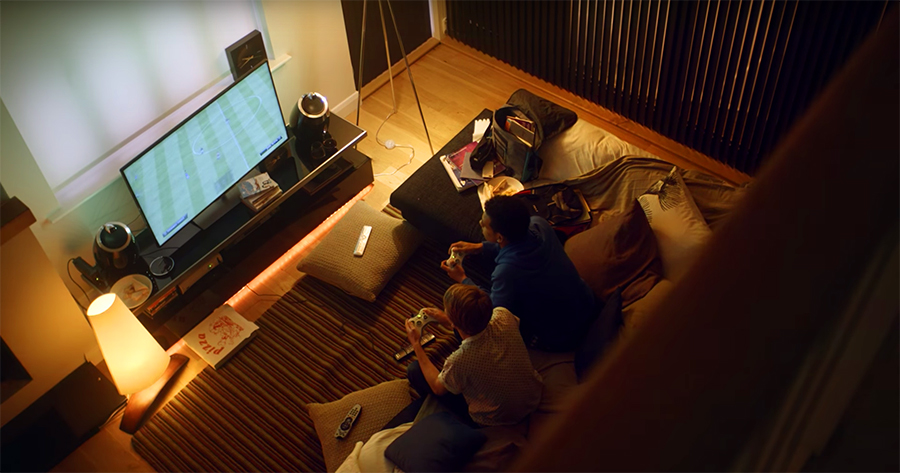A lot of people are looking into making their homes, and their lives, Smart. Having a Smart Home sounds great: all your devices working together for you, and you're the one in control with everything at your fingertips. And it is. To create the Smart Home which best suits you, we'll talk you through the process. Prevent the common pitfalls and make sure your home is the most awesome home you can get. And the smartest one too.
Current devices
When you want to make your home smart, don't forget to take a look at the devices you already have. Despite the fact that you probably don't have the Smart Home of your dreams yet, odds are that you already own several devices which you can incorporate.
For example home entertainment. Maybe you already have devices such as a Sonos, Chromecast, a Smart TV or even a regular TV. All these devices have smartphone apps or remote controls, making them theoretically compatible with a Smart Home system.

Smart thermostats, wireless lightbulbs, socket switches (you know, those with the small, white remotes) and wirelessly controlled roller blinds and sun screens are other devices that are pretty common. Round up all your devices with an App or remote control - every device you already own is one less to buy.
Compatibility
There are lots of interesting Smart Home solutions out there. Often, brands specialise. Meaning that you are almost definitely ending up with devices from several different brands in your Smart Home. That's why you should keep compatibility in mind. "Are the devices that I buy compatible with each other? Are they compatible with the stuff I already own?"
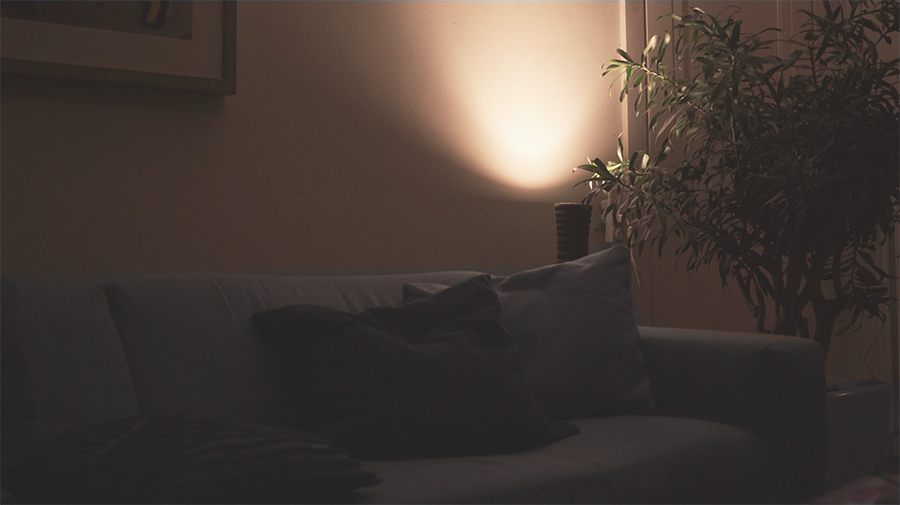
You want your devices to work together in a real Smart Home. This creates scenarios where your TV, music system, lighting and blinds work together to form one perfect scene. Often, it makes sense to invest in a single center, or 'heart', for your Smart Home. These devices, like Homey, are compatible with an enormous range of devices and technologies. This way, you retain freedom of choice. Also, they allow you to tie together devices that are otherwise incompatible with each other.
Flexibility
Does your Smart Home fit in with your current wishes and desires? Great! But what if they change? Flexibility is something to keep in mind while planning your Smart Home.
One of the most obvious choices in terms of flexibility is opting for a wireless Smart Home. Not only is it way cheaper to install, but you can easily expand or change your setup without having to tear your walls open or hire an engineer.
Keep asking yourself the following question: "Is the system you opt for now only compatible with your current needs, or does it allow for easy extension or adaptation?" How future-proof is your setup? Again, a central Smart Home platform often offers the most flexibility, as it replaces brand-specific gateways and interconnects as a universal hub, preventing lock-ins.
Usability
Usability is really important when it comes to your home. You want your Smart Home to make life easier, not make it impossible to control. Usability is important in a number of ways. First, of course, is how easy it is to control your home. Is the smartphone app which comes with the system understandable and easy to use?
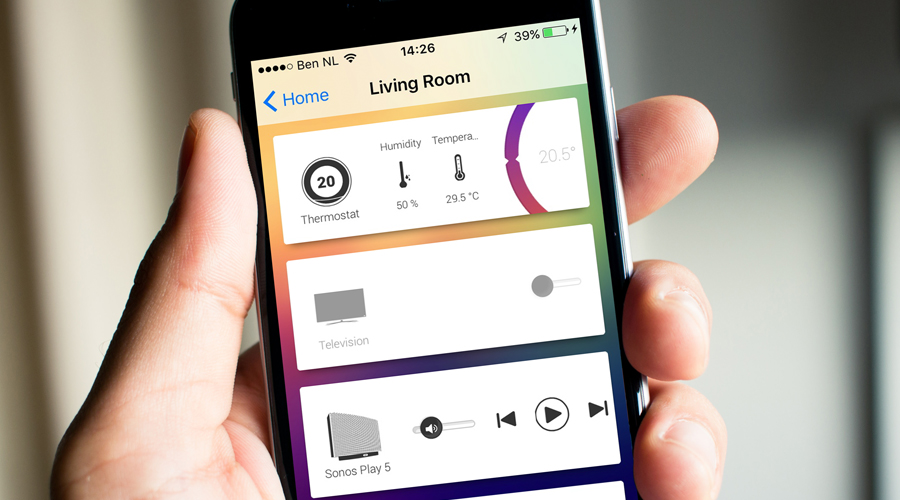
The next step is automation: the best thing about having all your devices in a single system is that they can interact with and react on each other. Create a set of rules/scenarios which dictate your home what it should do in certain occasions. Everyone with a Smart Home ends up automating more and more things.
Beware: usability in automation hugely differs between systems. Some platforms offer easy-yet-powerful interfaces to automate your home with drag-and-drop features or visual wizards. With these systems, everyone that plays around for a couple of minutes can start to automate their homes on their own. However, not all platforms offer these easy interfaces. From blocky editors that require some engineering-thinking to straight down programming, automating your home can be quite the task on some platforms.
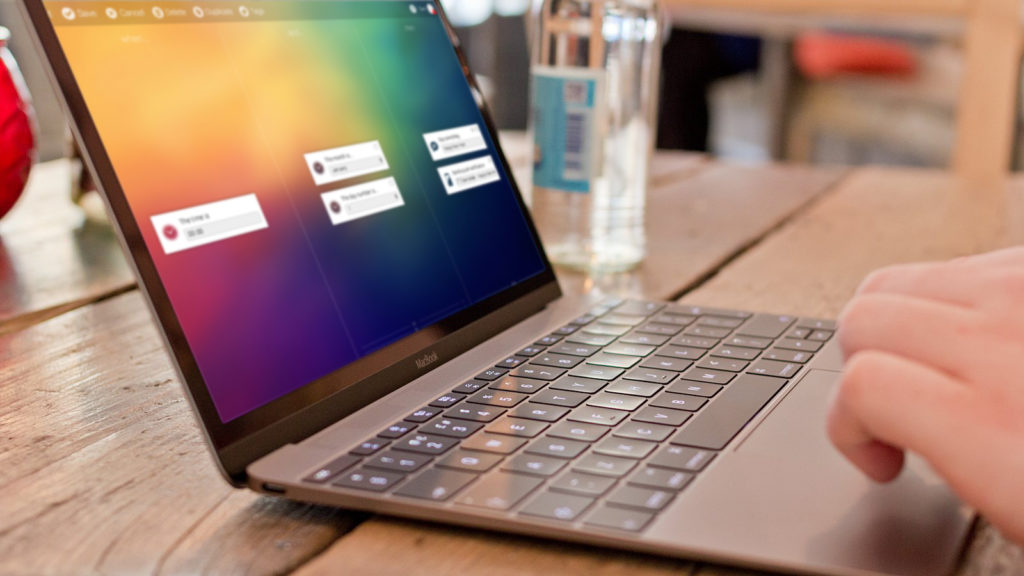
Older, more expensive systems like KNX (often wired) even require a certified engineer to make or change a scene. This means you have to call somebody every time you want your home to do something slightly different! Not only cumbersome, but also very expensive. Look for screenshots of the automation interface and assess it: does it look relatively easy or downright terrifying? Make sure you get a system that you can actually use yourself.
When it comes to Usability, you should also look into extra functionality, or add-ons. There are several Smart Home systems which you can expand with Apps, plug-ins, add-ons and scripts to make them work with more of your devices. While this open approach is great, not every system is as easy. Sometimes, adding new functionality requires you to copy and paste scripts and modify them. Other systems only allow plug-ins from their own developers, barring 3rd party development. The best systems feature an entire App Store with 1-click-installation. This stimulates collaborative development in a user-friendly way. Think of it like the App Store on a smartphone.
Security
Security is one of the most important things at home. Not all Smart Home products are equally secure. For example, the Mirai botnet attack a while ago. Basically, this was a network of not-well-secured devices with an internet address (IP) that attacked central servers. Examples of these devices include IP Cameras, Smart water cookers and more connected devices.
You can prevent this from happening. For example: look at the manufacturer. Is this a hardware company, which also released an App on the side? In that case, odds are your devices is not going to be updated and security might be flawed. In general, brands that focus on their software keep it more secure, as it's their focus point. When in doubt, the best option is to choose a device that is not directly connected to the internet/WiFi. Consider devices on Zigbee, Z-Wave and other wireless technologies. They are not accessible over the internet, only through a device like Homey. Since Homey is a major software product, you are safe. The rule of thumb? 'No IP, no problem!'.
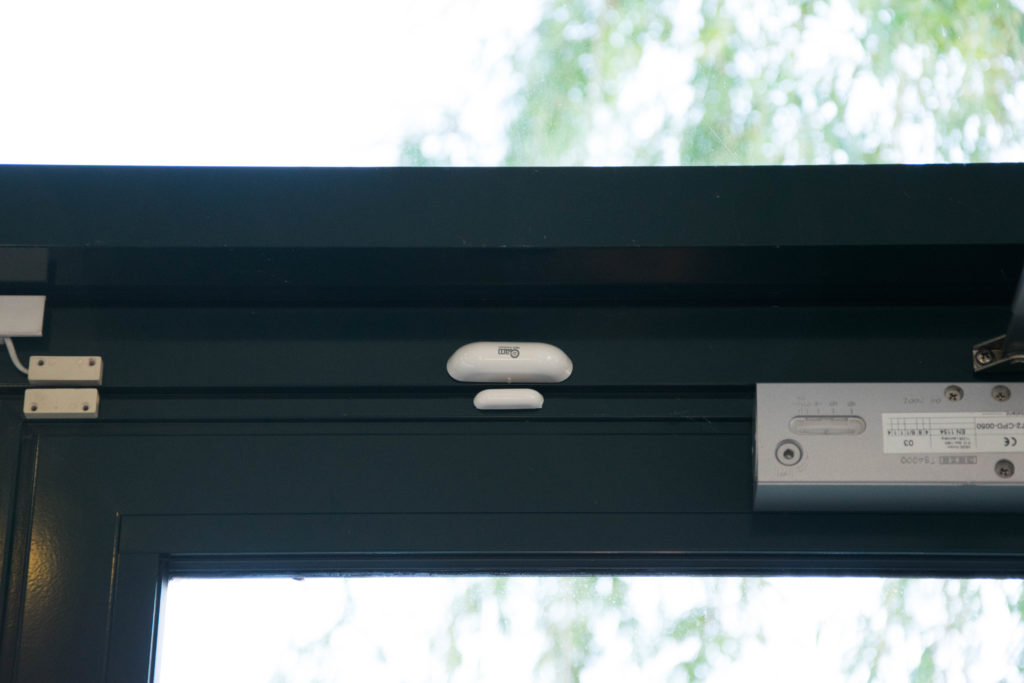
Not all wireless technologies are totally secure either. 'Simple' technologies like Infrared and most devices on RF/433MHz can be copied. This is not necessarily a big security issue. Especially Infrared, which can't travel through walls and is mainly used in your TV, can do little to no harm. However, beware when hooking up your automated garage door to that cheap 433MHz receiver! If it doesn't use a rolling code, your 'key' can easily be copied by people in the neighbourhood.
The same goes for apartment buildings. With so many homes close to each other, it's preferred to stick with protocols that cannot be copied one-on-one by everyone that knows their way around a script. Instead, look for more modern and secure protocols. For security-concerned scenarios, devices running on Zigbee or Z-Wave are recommended. Both are secured, 2-way protocols that are not directly connected to the internet, offering the highest level of security.
Pricing and Installation
Of course, pricing plays a big role in your Smart Home. For 100,000 euro, everyone can have an installer come over and install something that resembles a smart home or automated home. However, on a lower budget, options are equally as attractive.
Over the past few years, DIY became really easy with wireless technologies and consumer electronics doing more and more in the context of Smart Home. Of course, you can still go with the worry-free service and pay for an installer. But it isn't an absolute necessity any longer. Perhaps you can get some things up and running by yourself. Like your Sonos, TV, Homey and light bulbs. Have the installer come in for built-in switches that you don't want to touch. Create the best balance for your budget.

The same goes for the devices you choose. Basically you have a few different price points: installer-grade, premium consumer and budget consumer. In today's market, the installer-grade has pretty much become irrelevant. Consumer tech has come up fast in Smart Home, and is often better-looking, more flexible and at least as powerful as installer-grade products. Consumer tech also comes at different price points. Putting you back in charge of spending your money on devices that are really worth it, and safe on rest.
For example, take socket switches. Perhaps you need them to monitor energy usage and be 100% reliable, perhaps you don't. By opting for cheap socket switches on 433MHz (do keep the security in mind!), you save 50 euro per switch compared to alternatives on Zigbee or Z-Wave. The same goes for light bulbs. You probably don't need the 60 euro coloured Philips Hue bulbs everywhere in your home, but a 10 euro IKEA Trådfri bulb might do the trick.

Browse around www.talkswithhomey.com and take a look at the different possibilities and price points. If you balance your choices and spend smart, a Smart Home is nowhere as expensive as you might think.
Fun!
Smart Home has a lot of advantages. It's handy, offers comfort, and increases home security. But it's still your home. Your own, safe place where you can be yourself. Your (Smart) Home should reflect this, so make sure you keep your experience fun. Some platforms have great features or add-ons like soundboards, animating lights and funny use cases, offering a delightful experience throughout the day.
Same goes for the interface. As noted above, keep it usable and fun. There's nothing more harmful to your creativity than the router-experience: barely understanding what you are doing and being thankful you made it out of the interface alive, while your house (or WiFi) still works. Smart Home shouldn't be like that. It should encourage you to be inspired, experiment and have fun.
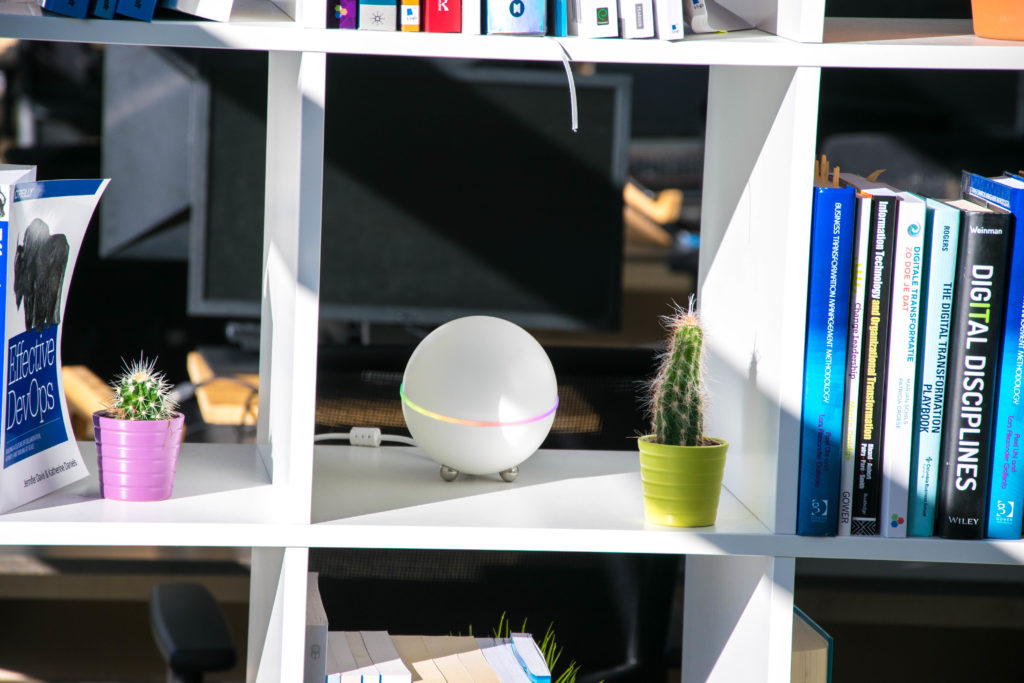
We have kept all of these important things close to our hearts when we crafted our product. We believe that, with Homey, we have created an experience as close as possible to the seven pillars above. Check out Homey!
